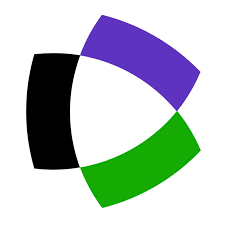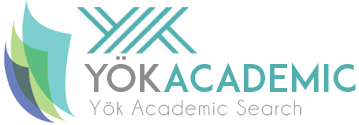Research Article
Issue Reviewers

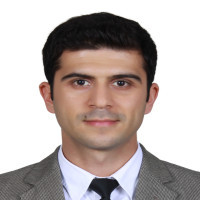
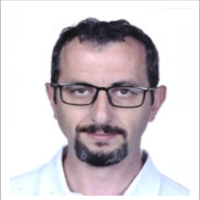
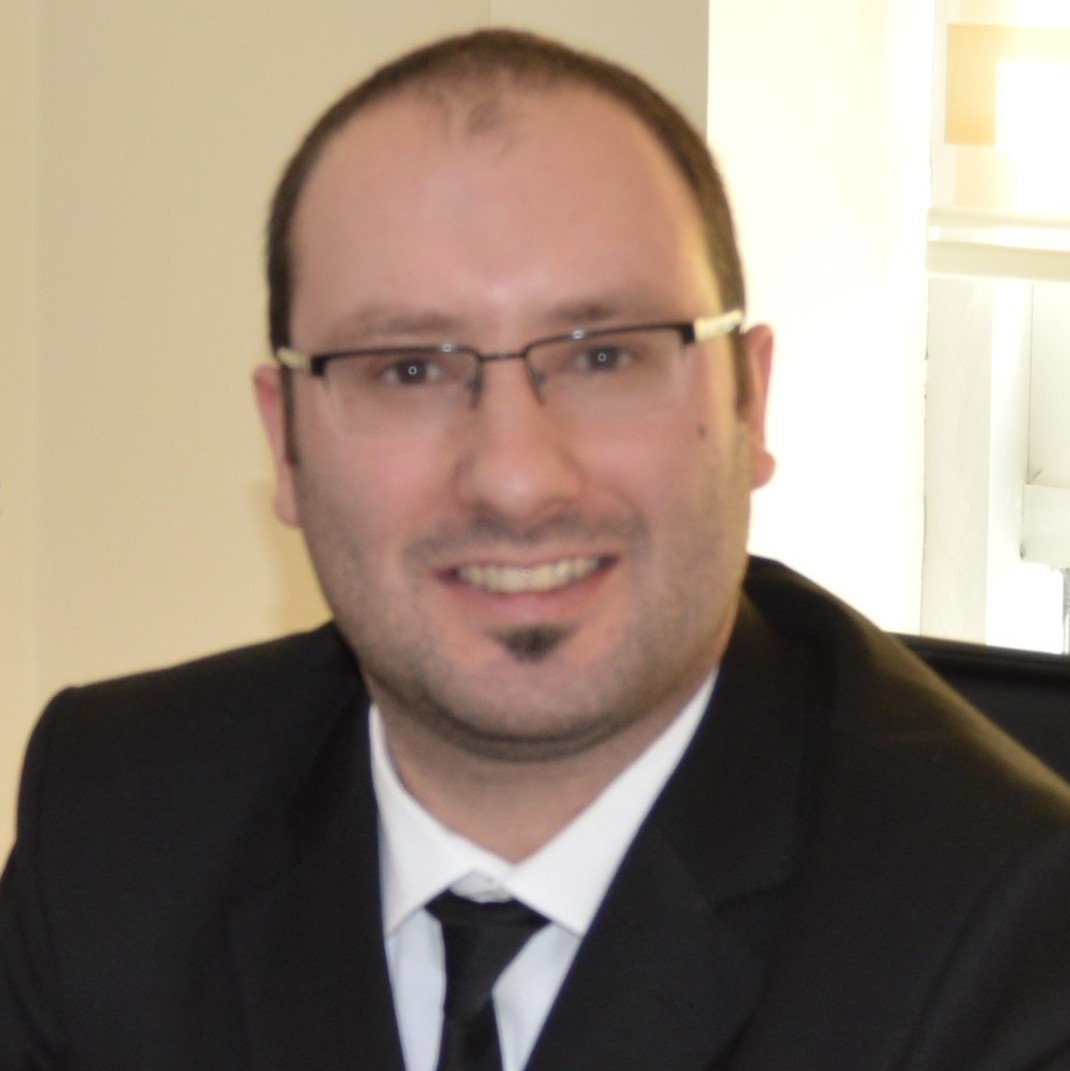
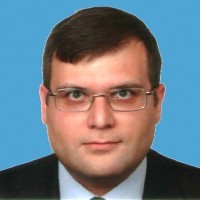
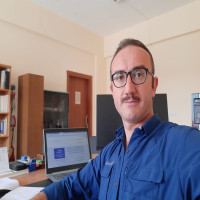
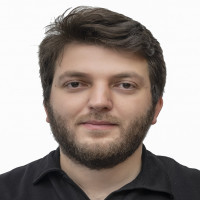
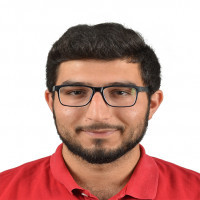
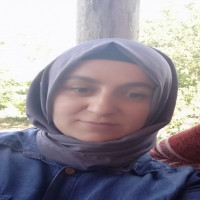
Rabia Toprak received a BS degree in Electrical and Electronics Engineering from Erciyes University, Kayseri, Turkey, in 2012, an MS degree from Selçuk University in 2017, and a PhD degree in Electrical and Electronics Engineering from Konya Technical University, Konya, Turkey, in 2022. She worked as a Research Assistant in the Department of Electrical and Electronics Engineering, Faculty of Engineering, Karamanoğlu Mehmetbey University between 2013 and 2023. She works as an Assistant Professor in the Department of Electrical and Electronics Engineering at Karamanoğlu Mehmetbey University, Karaman, Turkey. Her current research interests include microwave, electromagnetic field and wave theory and applications, biomedical applications, antenna theory and applications, artificial intelligence, antenna design and equations.
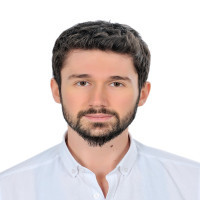


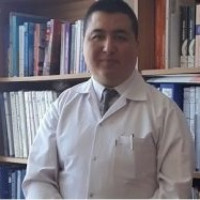
Aim & Scope
The Afyon Kocatepe University International Journal of Engineering Technologies and Applied Sciences aims to convey the latest scientific / technical developments in basic and engineering sciences to relevant scientists and readers. The journal deals with both experimental and theoretical studies of basic sciences and engineering.
The Afyon Kocatepe University International Journal of Engineering Technologies and Applied Sciences (AKU-IJETAS) (e-ISSN: 2667-4165) is a multidisciplinary journal covering all aspects of engineering. The Journal of International Engineering and Applied Sciences aims to convey the latest scientific / technical developments in basic and engineering sciences to relevant scientists and readers. The journal deals with both experimental and theoretical studies of basic sciences and engineering.
Author Guidelines
Writing rules
Afyon Kocatepe University International Journal of Engineering Technologies and Applied Sciences is a journal that contains important, original and high quality research and studies in the fields of Science and Engineering. The manuscripts of the articles to be published in the journal are given below. All articles are evaluated by the scientific committee in terms of their scientific contributions, originalities and contents. Authors are responsible for the accuracy of their data. The journal reserves the right to make appropriate corrections regarding language and spelling where it deems necessary. Articles may be returned to the responsible author for revision if deemed necessary. The articles published in the journal become the property of the journal and the copyright of the articles is taken in the name of hakk Afyon Kocatepe University International Engineering and Applied Sciences D. Manuscripts printed in any language are not evaluated for publication in the journal. Authors cannot send an article to the Journal of International Engineering and Applied Sciences of Afyon Kocatepe University to another journal. Authorization of the author and the printing house is taken in all the changes made in the articles.
Authors are required to submit an (overwrite zorund and formu copyright transfer form ı together with the article (e-manuscript) through the online system (The copyright transfer form can also be submitted after the article has been accepted). The manuscript sent with the article should indicate whether any part of the information in the article has been previously published in electronic media or sent for evaluation. The author should have an address, telephone, fax number and e-mail address.
You can reach this sample, which has been prepared for the articles to be submitted to Afyon Kocatepe University International Journal of Engineering and Applied Sciences, in the Bilim Sample article ve on the magazine's web page. Please prepare your article presentation in MS-Word® format.
Articles submitted will be reviewed and evaluated by the related field editors and the publication owner will be informed about the status of the article. NOTE: USE THE SAMPLE PAPER BELOW THE PRINTING OF DOCUMENTS. ... The spelling language is Turkish or English.
-Seconds; (Right-Left-Bottom-Top) should be 2 cm.
-General Measures; The width of the milk should be 8,15 cm, the spacing should be 0,7 cm.
-Title; 16 Punto, Calibri font, Left Align and Initial Letters must be Large (and, except with, etc.)
-Key words; maximum 6, 9 pt, Calibri font and centered. The initial letters of the keywords must be large and separated by büyük; harfl.
-Summary; It should not exceed 250 words in Turkish and English, and no paragraphs should be used. Abstract should be 9 points, Calibri font and two side aligned.
-Text; The text of the text, which should be written in Calibri, should be formatted as 11-point, Range 0 cm, Multiple (1.15 cm) line spacing and two-sided aligned. The margins for each page should be 2 cm in all directions. Findings and Discussion can be given together if necessary. In this case, the result should be given under a separate title. Text can contain numbered subheadings as needed. Each subheading should be listed under the main heading. For example; 2.1., 2.2., 2.3. etc.
Molds; Figures; It should be in JPEG or TIFF format and should not be presented as an Excel extension. Shape text should be 10 pt. Figures should be embedded in the manuscript and submitted as a separate file during the article submission. Figures should be presented in black and white or grayscale. The width of the figures should not exceed 8 cm for two columns and 17 cm for one column.
-Table; their names should be at the top of the table, should be written with Calibri font and 10 font size. See the example (grid) article for the table example.
-Resources; (Indentation: Special Hanging 0.5 cm) should be given in the form of a child's surname and year in round brackets. (Please see example (manual) for details). The references directory should be given as follows. Author's surname, initials, year of publication. Title of article. Long name of the journal (italics), volume number (if any), page range. Author's last name, initial letter (s) of his / her name, year. The name of the book. skin number, editor (s), publisher, page range. Author's surname, first letter of his / her name, year of thesis. Name of thesis, type of thesis (Master's degree, PhD), institute where the thesis is submitted, place of presentation, total page.
Ethical Principles and Publication Policy
Manuscripts should be prepared in accordance with ICMJE (Recommendations for the Conduct, Reporting, Editing and Publication of Scholarly Work in Medical Journals) (updated December 2015 - http://www.icmje.org/icmje-recommendations.pdf).
Publication Ethics
Publication Ethics and Malpractice Statement
Section A: Publication and authorship
All submitted papers are subject to a strict peer-review process by at least two reviewers that are experts in the area of the particular article.
The review process is a blind peer review.
The factors that are taken into account in review are relevance, soundness, significance, originality, readability, and language.
The possible decisions include acceptance, acceptance with revisions, or rejection.
If authors are encouraged to revise and resubmit a submission, there is no guarantee that the revised bid will be accepted.
Rejected articles will not be re-reviewed.
The paper acceptance is constrained by such legal requirements as shall then be in force regarding libel, copyright infringement, and plagiarism.
No research can be included in more than one publication.
Section B: Authors’ responsibilities
Authors must certify that their manuscripts are their original work.
Authors must certify that the manuscript has not previously been published elsewhere.
Authors must certify that the manuscript is not currently being considered for publication elsewhere.
Authors must participate in the peer-review process.
Authors are obliged to provide retractions or corrections of mistakes.
All Authors mentioned in the paper must have significantly contributed to the research.
Authors must state that all data in the paper are real and authentic.
Authors must notify the Editors of any conflicts of interest.
Authors must identify all sources used in the creation of their manuscript.
Authors must report any errors they discover in their published paper to the Editors.
Section C: Reviewers’ responsibilities
Reviewers should keep all information regarding papers confidential and treat them as privileged information.
Reviews should be conducted objectively, with no personal criticism of the author
Reviewers should express their views clearly with supporting arguments
Reviewers should identify relevant published work that has not been cited by the authors.
Reviewers should also call to the Editor in Chief’s attention any substantial similarity or overlap between the manuscript under consideration and any other published paper of which they have personal knowledge.
Reviewers should not review manuscripts in which they have conflicts of interest resulting from competitive, collaborative, or other relationships or connections with any of the authors, companies, or institutions connected to the papers.
Section D: Editors’ responsibilities
Editors have complete responsibility and authority to reject/accept an article.
Editors are responsible for the contents and overall quality of the publication.
Editors should always consider the needs of the authors and the readers when attempting to improve the publication.
Editors should guarantee the quality of the papers and the integrity of the academic record.
Editors should publish errata pages or make corrections when needed.
Editors should have a clear picture of research’s funding sources.
Editors should base their decisions solely one the papers’ importance, originality, clarity, and relevance to publication’s scope.
Editors should not reverse their decisions nor overturn the ones of previous editors without serious reason.
Editors should preserve the anonymity of reviewers.
Editors should ensure that all research material they publish conforms to internationally accepted ethical guidelines.
Editors should only accept a paper when reasonably sure.
Editors should act if they suspect misconduct, whether a paper is published or unpublished, and make all reasonable attempts to persist in obtaining a resolution to the problem.
Editors should not reject papers based on suspicions; they should have proof of misconduct.
Editors should not allow any conflicts of interest between staff, authors, reviewers, and board members.
Policy of Screening for Plagiarism
Papers submitted to International Journal of Engineering Technologies and Management Research will be screened for plagiarism using CrossCheck/iThenticate plagiarism detection tools. International Journal of Engineering Technologies andApplied Sciences will immediately reject papers leading to plagiarism or self-plagiarism.
Before submitting articles to reviewers, those are first checked for similarity/plagiarism tool, by a member of the editorial team. The papers presented to the International Journal of Engineering Technologies and Management Research must have a similarity level of less than 20%.
Plagiarism is the exposing of another person’s thoughts or words as though they were your own, without permission, credit, or acknowledgment, or because of failing to cite the sources properly. Plagiarism can take diverse forms, from literal copying to paraphrasing the work of another. To accurately judge whether an author has plagiarized, we emphasize the following possible situations:
An author can copy another author’s work- by copying word by word, in whole or in part, without permission, acknowledge or citing the source. This practice can be identified by comparing the source and the manuscript/work who is suspected of plagiarism.
Substantial copying implies for an author to reproduce a significant part of another author, without permission, acknowledge, or citation. The actual term can be understood both in terms of quality as quantity, being often used in the context of Intellectual property. Condition refers to the relative value of the copied text in proportion to the work as a whole.
Paraphrasing involves taking ideas, words, or phrases from a source and crafting them into new sentences within the writing. This practice becomes unethical when the author does not properly cite or does not acknowledge the original work/author. This form of plagiarism is the more severe form to be identified.
SHORT JOURNAL NAME: AKU IJETAS
Price Policy
All expenses of the journal are covered by Afyon Kocatepe University.
No fee is charged for publishing the article and conducting the article processes in the journal.
No processing fee or publication fee is charged for articles submitted to the journal or accepted for publication.




